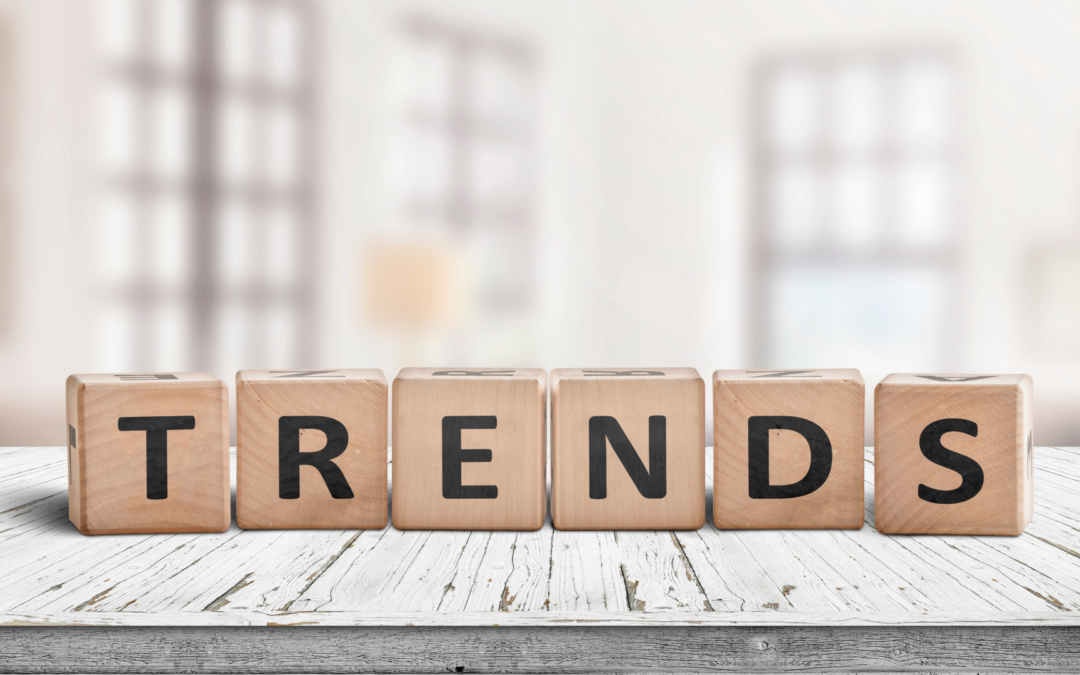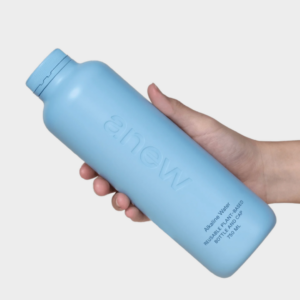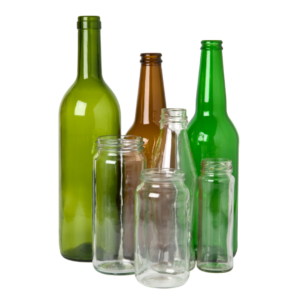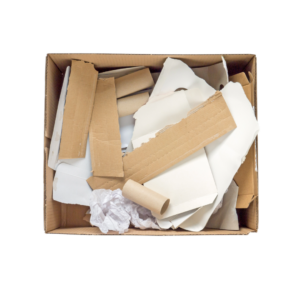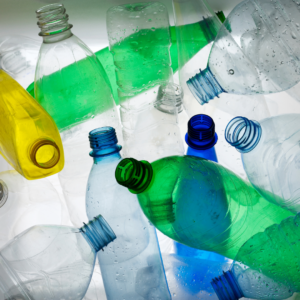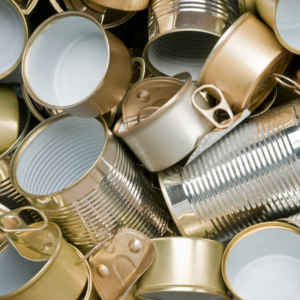Sustainable packaging has become somewhat of a buzzword in our industry.
(To be fair, we use that phrase a lot in our business).
However, what I believe we do differently when it comes to sustainable packaging is to be actively aware of what that means to us, our customers and the markets we serve.
That means being prepared to take the good, the bad and the potentially ugly elements of sustainable packaging and combine that with the mindset that we may be wrong and need to adjust our approach and strategies.
It also means being ahead of the curve and understanding the insights and trends in our industry.
So, with that being said, let’s look at some of the packaging trends and insights that can lead to sustainable benefits.
Packaging that promotes positive behaviour change
Packaging that promotes positive behaviour change is a real bonus when it comes to sustainable benefits. After all, if packaging ends up in the wrong place it has devastating outcomes.
This trend is combining waste systems and education and incorporating it into the packaging.
A great example of this is Anew a company tackling plastic waste and developing a circular model for their packaging to be returned, reused and repurposed.
Packaging shifting towards mono materials
One trend we are seeing more and more of is a shift away from multi-material packaging.
In other words, packaging has other elements incorporated into its design.
For example, a cardboard box lined with a plastic liner.
Or a pouch with multiple layers of different materials such as Nylon and PVC.
Why is this shift gaining momentum?
Because recycling waste streams are typically designed to take one material type in order to capture the value of that material in the market.
However, if a waste stream has to sort and separate materials it becomes a costly exercise, but more often than not it’s really hard to identify if a material has multiple material types in the packaging.
And if a material that looks recyclable is in fact not recyclable because the other materials aren’t recyclable or is not accepted in the waste system, then it becomes a contaminate or worst just go straight into landfill!
The standardization of packaging materials
Similar to the previous trend, a shift to standardizing packaging materials is becoming more prominent.
So much so that Governments and regulations are now driving this trend forward.
For example in New Zealand, a recent change in kerbside collection was introduced. That was the standardization of kerbside collection.
Why is this trend important?
Simply put it creates clarity and better awareness for consumers when it comes to throwing away their
Conclusion
To conclude, trends in any industry and market are important to recognize. Some trends are valid and have real insights into the new way of doing things in the future, while others are merely trends in that moment.
So when it comes to understanding packaging trends and their impact, not only does it become important to recognize these trends, but to actually dive into them and understand them. For example, is this a trend leading to a positive change for the better, or simply a “trend in the moment”?
I think what’s important to remember when it comes to trends is understanding their purpose. As per the trends highlighted above, they are all tackling a greater purpose than the trend itself, whether that be changing our behaviour with recycling, reducing waste or our relationship with waste and consuming of products.
At the end of the day, we all need to be better (ourselves included!) it’s why we try to pick up these trends as early as possible, learn about them, invest our time and resources to understand them and more importantly take action where needed.
Till next time
Hi-Tech Packaging Team

